Market Trends
Key Emerging Trends in the Sodium Hydroxide Market
The sodium hydroxide market is witnessing several noteworthy trends that are shaping its dynamics. One significant trend is the increasing demand for sodium hydroxide in various industries such as chemicals, textiles, pulp and paper, and soaps and detergents. This demand is primarily driven by the expanding manufacturing sector worldwide, particularly in regions like Asia-Pacific and North America. In addition, the growing awareness regarding the benefits of sodium hydroxide in industrial processes, such as its role in the production of chemicals and its use as a strong base in numerous applications, is contributing to its market growth.
Moreover, there is a noticeable shift towards the adoption of sustainable production methods in the sodium hydroxide market. Manufacturers are increasingly focusing on implementing environmentally friendly processes to produce sodium hydroxide, thereby reducing their carbon footprint and adhering to regulatory standards. This trend is fueled by the growing concerns surrounding environmental degradation and the need for sustainable practices across industries. As a result, there is a rising demand for sodium hydroxide produced through methods that minimize waste generation and energy consumption, such as membrane cell technology.
Furthermore, the market is witnessing a surge in investments aimed at capacity expansion and technological advancements. Companies operating in the sodium hydroxide sector are investing significant resources in upgrading their production facilities to enhance efficiency and meet the growing demand. Additionally, there is a growing emphasis on research and development activities to discover innovative applications of sodium hydroxide and improve its manufacturing processes. These investments are expected to drive market growth and enable manufacturers to cater to the evolving needs of various end-user industries.
Another notable trend in the sodium hydroxide market is the increasing focus on product diversification and customization. Manufacturers are increasingly offering a wide range of sodium hydroxide grades and concentrations to cater to diverse customer requirements. This trend is driven by the need to address specific application needs across various industries effectively. By providing customized solutions, manufacturers can enhance customer satisfaction and gain a competitive edge in the market. Additionally, product diversification enables companies to explore new revenue streams and expand their market presence.
Moreover, the sodium hydroxide market is experiencing significant consolidation as companies engage in strategic mergers and acquisitions to strengthen their market position. Mergers and acquisitions allow companies to streamline operations, achieve economies of scale, and expand their geographic reach. Furthermore, these strategic moves enable companies to leverage synergies and enhance their competitiveness in the market. As competition intensifies, consolidation is expected to remain a prominent trend in the sodium hydroxide market, with companies seeking strategic partnerships to drive growth and profitability.

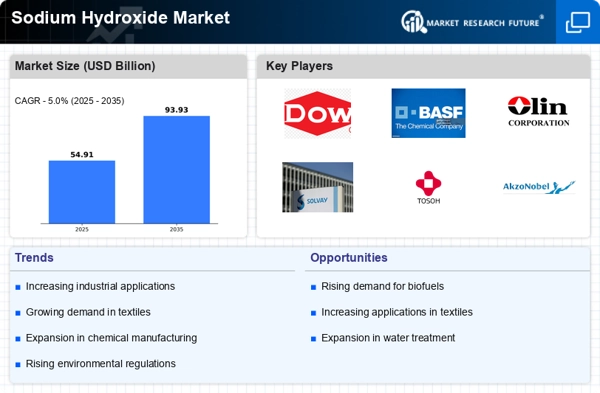
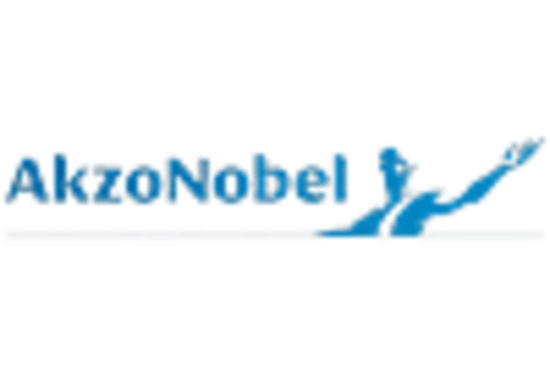

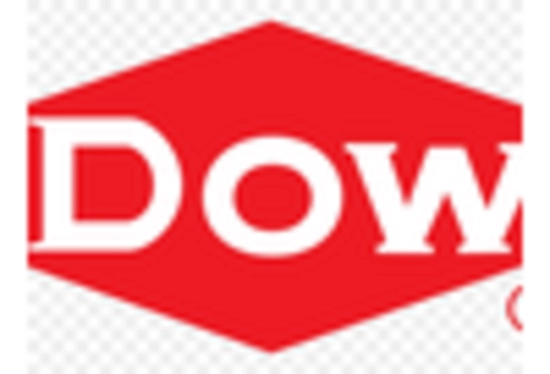
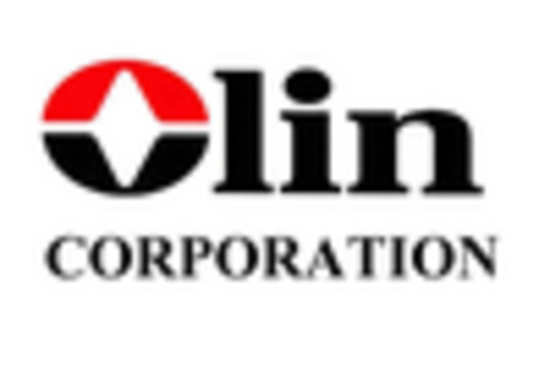

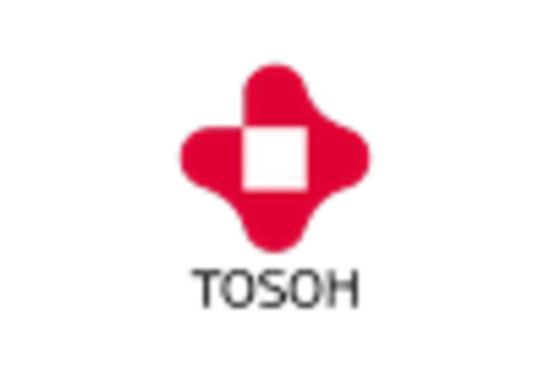

Leave a Comment